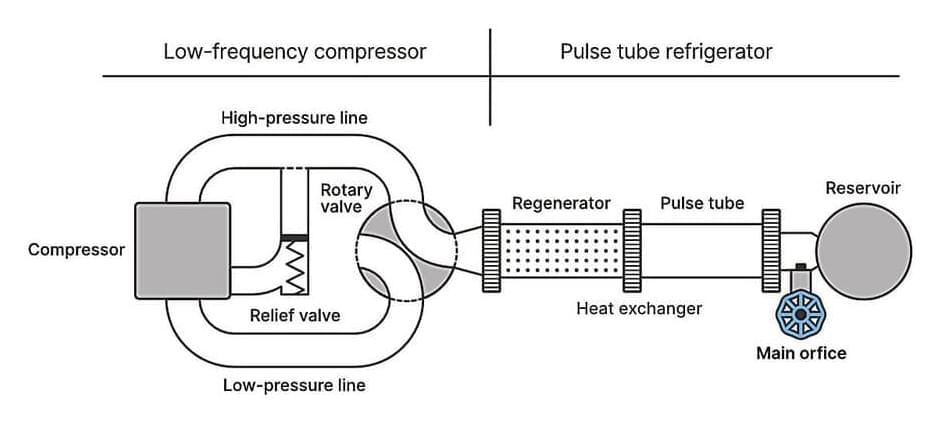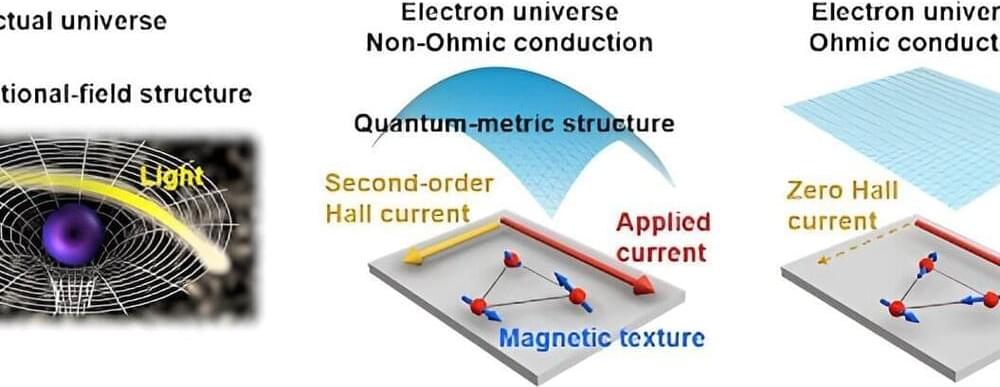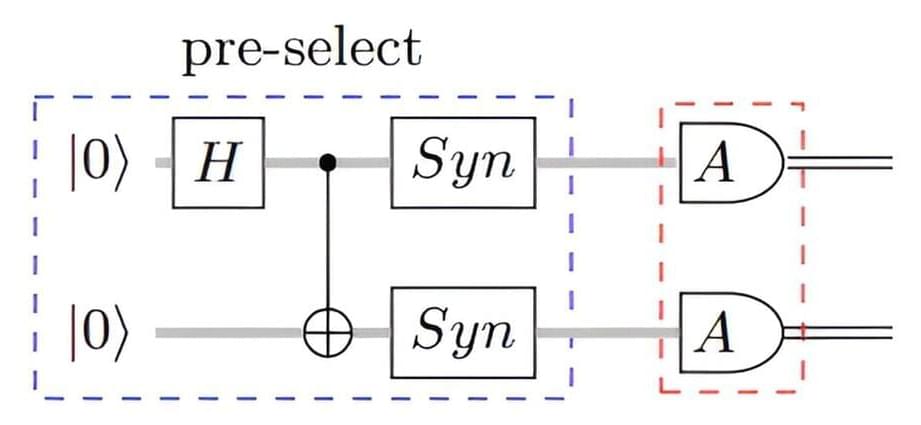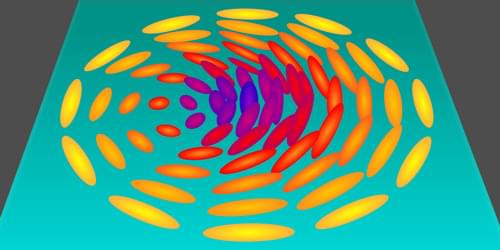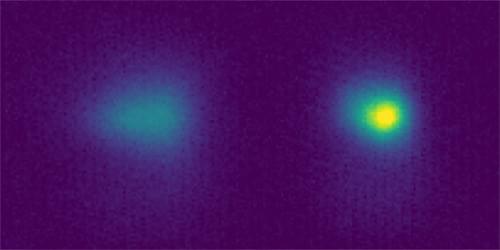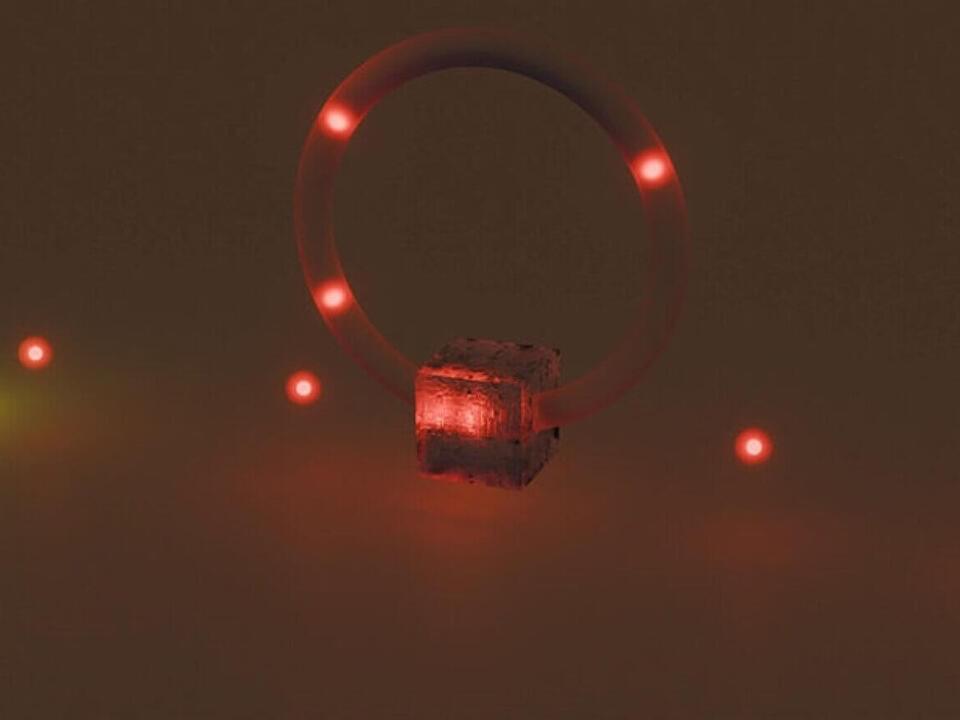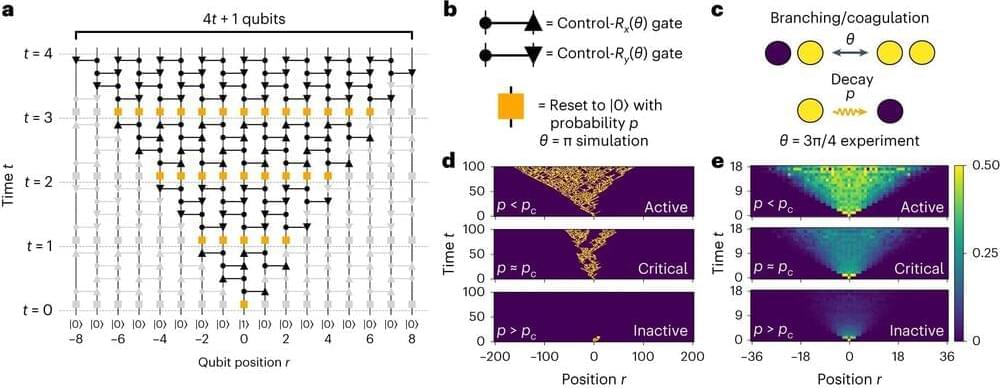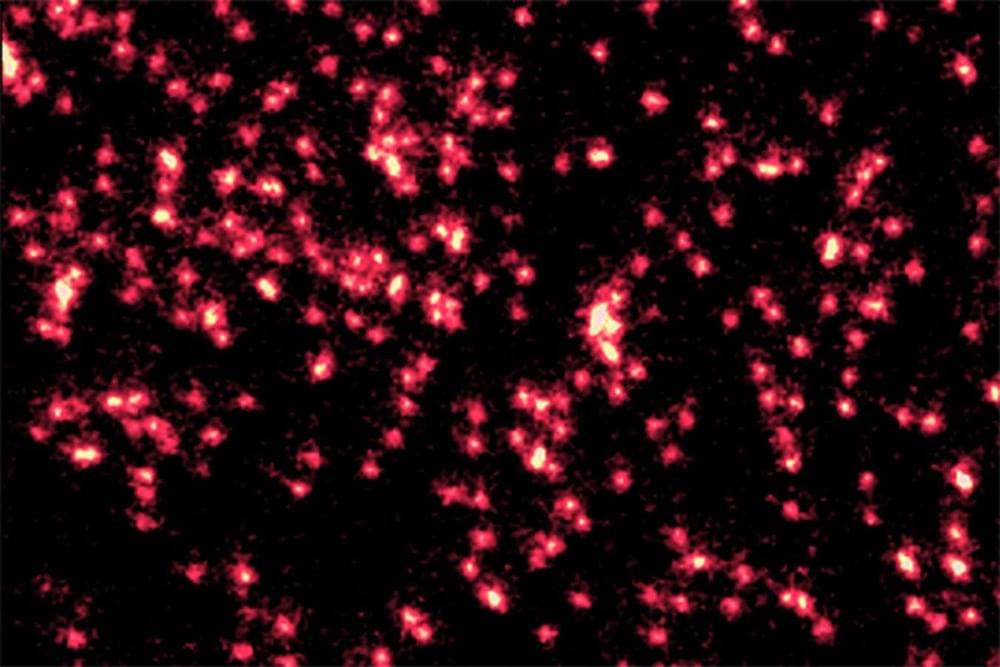Apr 24, 2024
Toshiba Europe And Single Quantum Partner to Provide Extended Long-Distance QKD Deployment Capability
Posted by Kelvin Dafiaghor in categories: computing, nanotechnology, quantum physics
PRESS RELEASE — Toshiba Europe Ltd. and Single Quantum B.V. have collaborated to test and validate long-distance deployments of Quantum Key Distribution (QKD) technology. Following extended validation testing of Toshiba’s QKD technology and Single Quantum’s superconducting nanowire single photon detectors (SNSPDs), both companies are pleased to announce a solution that substantially extends the transmission range for QKD deployment over fibre connections, up to and beyond 300km.
QKD uses the quantum properties of light to generate quantum secure keys that are immune to decryption by both high performance conventional and quantum computers. Toshiba’s QKD is deployed over fibre networks, either coexisting with conventional data transmissions on deployed ‘lit’ fibres, or on dedicated quantum fibres.
Toshiba’s unique QKD technology can deliver quantum secure keys in a single fibre optic link at distances of up to 150km using standard integrated semiconductor devices. Achieving longer distance QKD fibre transmission is challenging due to the attenuation of the quantum signals along the fibre length, (the optical loss of the fibre link). To provide extended QKD transmission, operators typically concatenate fibre links together with trusted nodes along the fibre route which house QKD systems that relay the secret keys.

